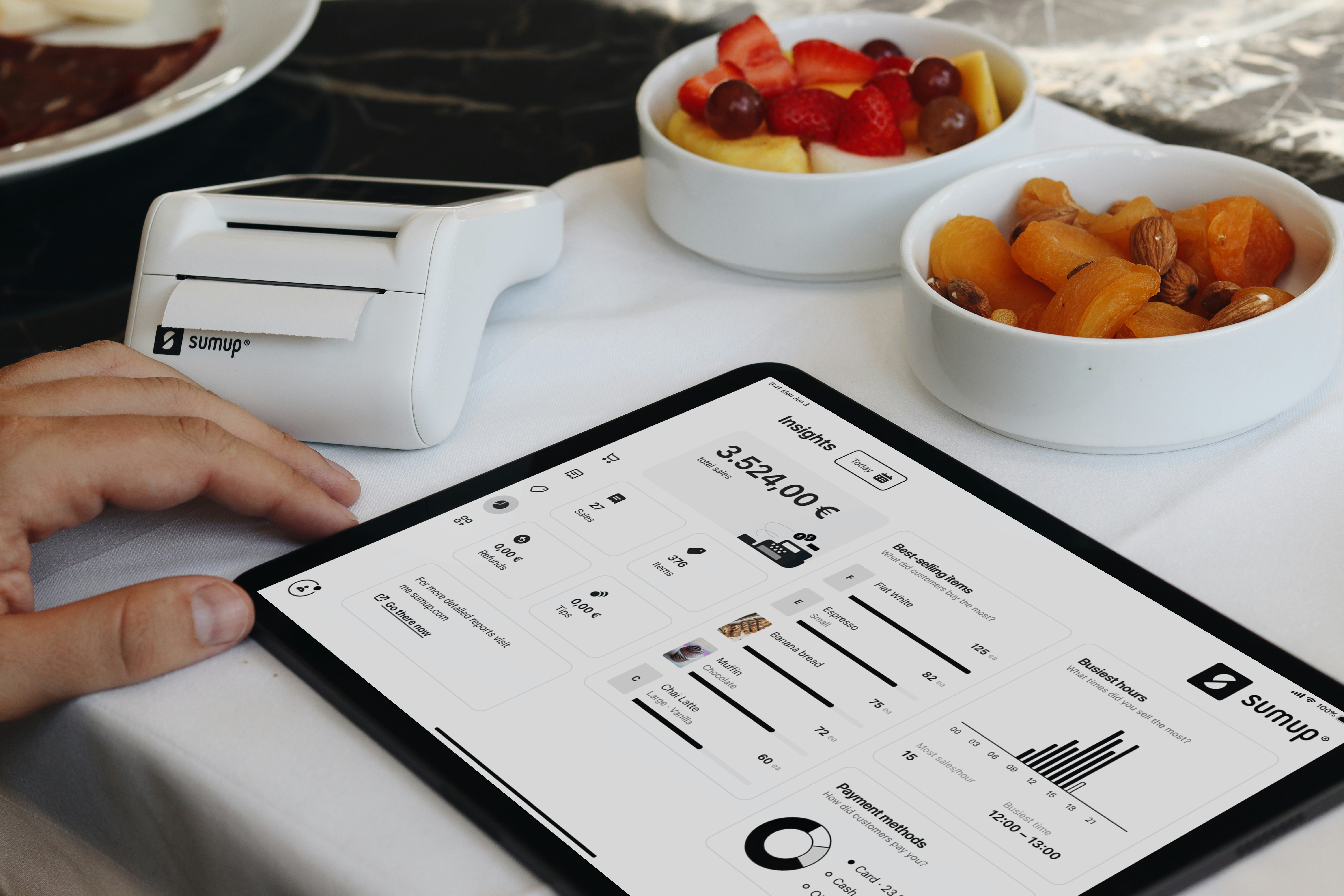Analytics & Business Intelligence in Education: Unlocking Smarter Classrooms

Picture this: It's Monday morning, the coffee hasn't kicked in yet, and you, the educator, are staring at a pile of student performance data, attendance sheets, and lesson plans. You're expected to use this overwhelming sea of numbers to somehow magically improve student outcomes. Enter analytics and business intelligence (BI)—the superheroes you never knew your classroom needed.
Today, analytics and BI aren't just corporate buzzwords. They're rapidly transforming education worldwide, making classrooms smarter, teaching more effective, and learning more personalized.
So, What Exactly Is Analytics & BI?
In simple terms, analytics refers to collecting and analyzing data to make informed decisions. Business Intelligence takes analytics further, providing historical, current, and predictive views to help you make strategic moves. It's basically the difference between knowing how many students passed last semester and predicting which ones might struggle next semester.
How Are Schools Actually Using This?
Imagine having a magic crystal ball that tells you exactly when and why a student might struggle or excel. That's analytics in action! Schools globally are tapping into analytics to predict student performance, tailor learning experiences, enhance resource allocation, and even reduce dropout rates.
Take, for example, the Indian education system. India's Central Board of Secondary Education (CBSE) recently embraced analytics to improve student performance through personalized interventions. By crunching data from assessments, attendance, and class engagement, teachers can now proactively identify at-risk students. The outcome? A noticeable improvement in student success rates and a drop in absenteeism. Goodbye guesswork, hello informed decision-making!
Practical Applications Making a Difference
Personalized Learning: Imagine Netflix—but for your coursework. Analytics allow educators to offer tailored educational content based on students’ individual learning styles and speeds. Platforms like Khan Academy and BYJU'S in India already harness these insights, turning passive learners into engaged, proactive participants.
Early Warning Systems: Analytics-driven early warning systems help identify students who are lagging, allowing schools to intervene swiftly. Schools using these systems report reduced dropout rates and higher graduation rates. For instance, a district in Pune implemented such a system, reducing dropout rates significantly within just one academic year.
Resource Optimization: Ever felt your school budget was as tight as your favorite skinny jeans? Analytics helps schools allocate resources more efficiently, identifying exactly which programs yield the best results, ensuring every rupee, dollar, or euro is spent wisely.
Teacher Performance and Development: Analytics aren't just for students. Schools worldwide are leveraging BI to offer personalized training programs for teachers, enhancing their skills based on specific classroom needs and student feedback. It's professional growth on steroids!
Real-world Example: A Closer Look at India
The Navodaya Vidyalaya Samiti, a system of schools across rural India, used analytics to bridge gaps in education quality between urban and rural regions. By analyzing detailed performance metrics across regions, they pinpointed specific areas of academic struggle, allocated targeted resources, and provided specialized teacher training. The result? Rural students' performance soared, effectively narrowing the educational gap.
Challenges in Embracing Analytics & BI
But wait, it's not all rainbows and unicorns. Implementing analytics and BI in education isn't without its challenges:
Data Privacy: How schools handle sensitive student information is crucial. Privacy concerns must be addressed transparently and ethically.
Technical Skills: Educators often need training to effectively use analytics tools. Bridging this gap through professional development is key.
Infrastructure and Cost: Initial investments can seem daunting. However, the long-term benefits far outweigh the upfront costs.
The Future Is Bright (and Smart!)
As technology advances, the potential for analytics and BI in education is boundless. Emerging tools like AI-powered predictive analytics and augmented reality learning environments promise even more personalized and impactful educational experiences.
Imagine a classroom where every student learns at their own pace, where teachers confidently make data-driven decisions, and schools efficiently optimize resources. Analytics and BI aren't just tools—they're the foundation of the future classroom.
Wrapping Up
Analytics and Business Intelligence have moved beyond boardrooms and into classrooms, reshaping how we educate and learn. They're not just improving outcomes—they're transforming lives, creating opportunities, and breaking barriers.
So next time you stare at that overwhelming pile of data on a groggy Monday morning, remember: analytics has your back.
And who knows? Maybe soon, your students will thank you—for making school feel a little less like a Monday.